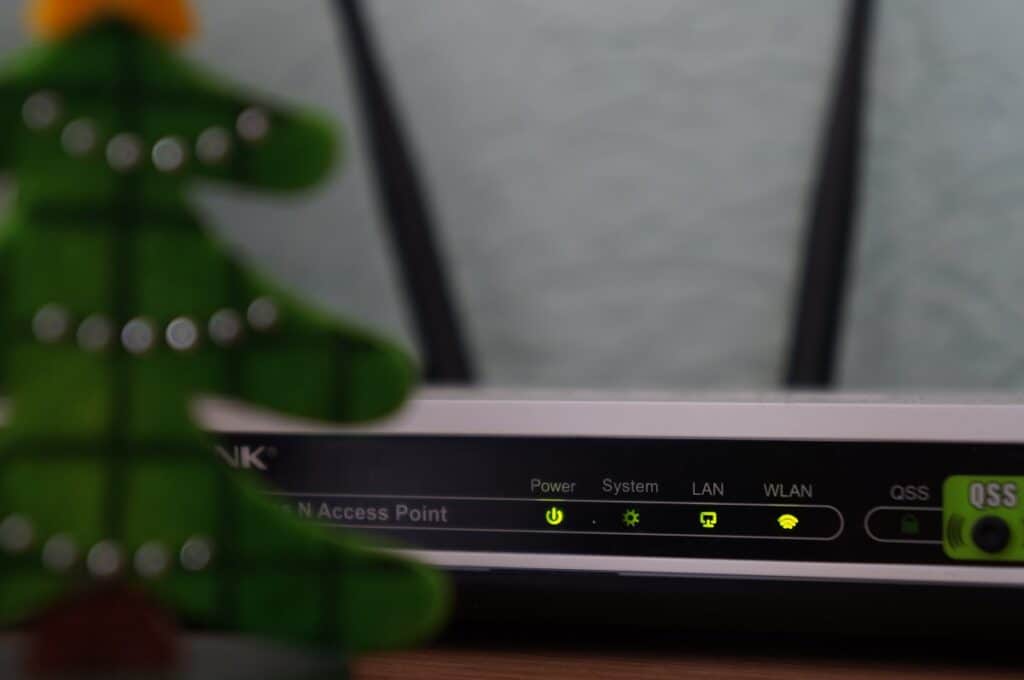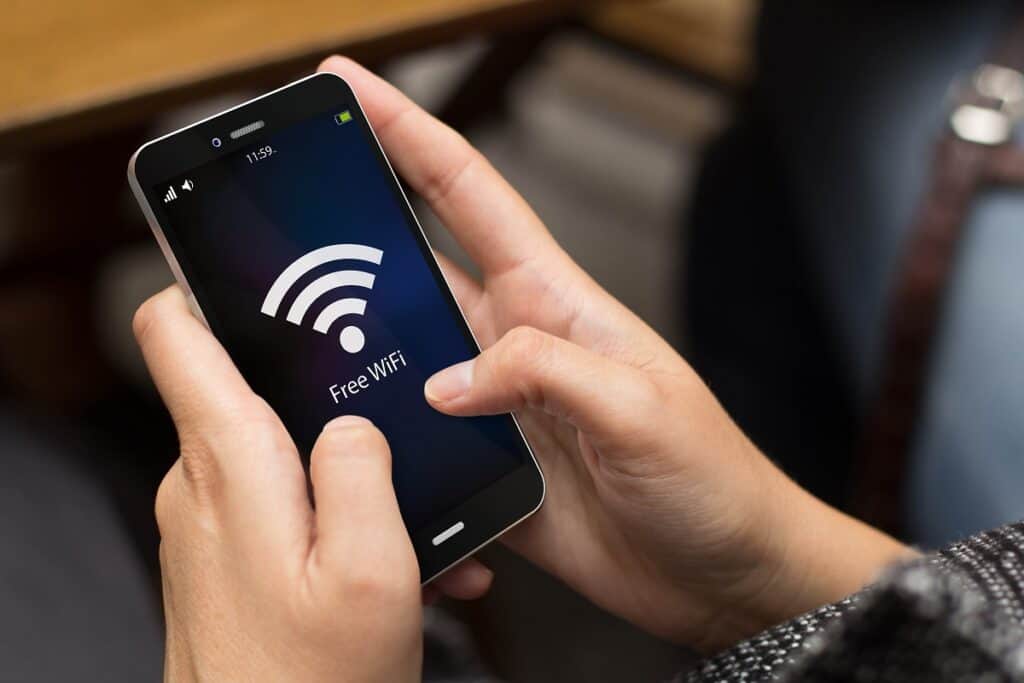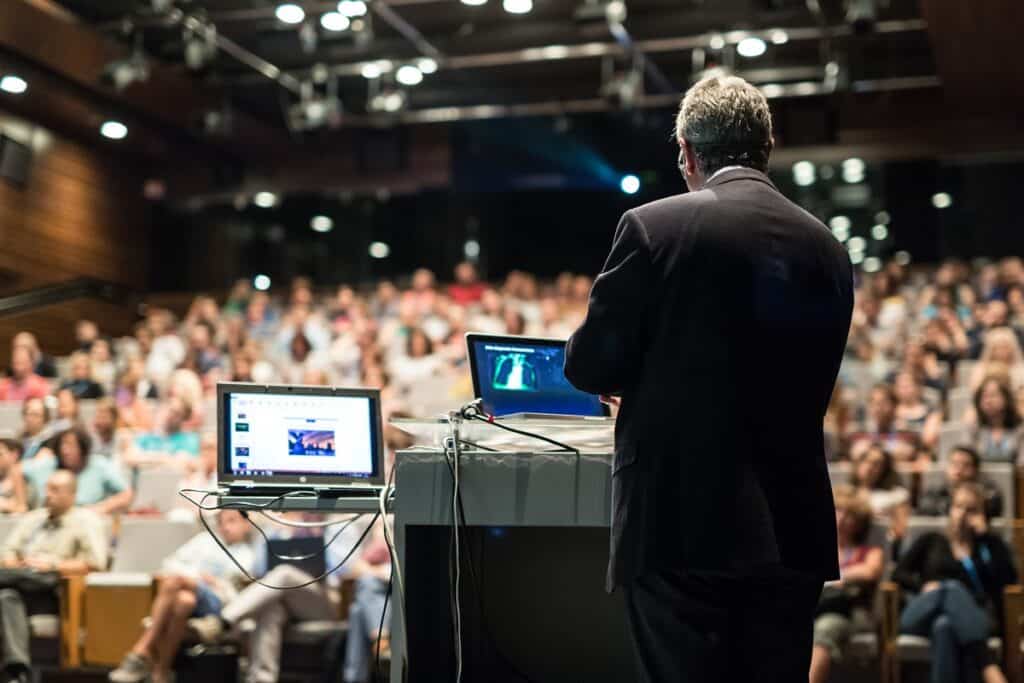There are few things more frustrating for event attendees than inadequate Wi-Fi connectivity – an audio visual no-no. With today’s ever-increasing expectations for lightning-fast internet connections, trade events and business conferences are no exception – in fact, the success of such events depends on it. For event planners, securing reliable and dependable Wi-Fi is not only important but crucial; however, it can often pose a challenge. From the building’s size and shape of the event space, the architectural elements of the venue, and even the foot-traffic patterns, there are numerous components that can drastically impact an event’s Wi-Fi performance. In this article, we’ll review what every event planner needs to know to improve WiFi for events, including suggestions, guidelines, and pro tips.
Wi-Fi For Any Event: Identifying Cause & Effect
As we’ve already addressed, the site you’ll be holding your event will determine the number of factors when it comes to Wi-Fi functionality. Since attendees will not only expect but need serviceable wireless connectivity, finding viable Wi-Fi solutions is essential when strategizing network implementation for any event. From a mid-sized corporate workshop to a massive trade show, ensuring optimal Wi-Fi and Internet are two of the most important event deliverables to nail down during the initial event-planning phases. Here are just a few uses for Wi-Fi and Internet and bandwidth:
- Bandwidth for network speakers
- Internet for media members
- Internet for video streaming
- Payment processing machines
- Registration machines
- Wi-Fi for guests
- Wi-Fi for production staff
- Wi-Fi for VIPs
Because each potential venue poses its own restrictions on audio visual services and capabilities, equally unique solutions must be spearheaded in order to meet your attendees’ Wi-Fi and Internet needs. For example, did you know that metal and concrete walls can potentially interfere with wireless signals – and require the strategic placement of APs (access points)? Furthermore, an indoor venue will have many different requirements than an outdoor venue when it comes to lighting, acoustics, ceiling height and so forth. Ultimately, achieving high-performance wireless connectivity in any site requires careful planning and a strategic blueprint, and may require the assistance of a professional event production company – particularly for larger business meetings and corporate functions.

Below, a helpful checklist to ensure seamless network implementation:
- Anticipate the total number of people: One of the first things to take into consideration is the sheer volume of attendance you’re anticipating – once you know how many people will actually need Wi-Fi access, prepping for your event’s needs becomes a more manageable task. As a general rule of thumb, most experts agree to gauge your capacity needs based upon the venue’s maximum occupancy limit. Another way to determine an approximation of attendees is to base a head count on similar events.
Once you’ve made an approximation, the next thing to anticipate is foot-traffic – in other words, how attendees will move through the site of the event. Identifying this information during this planning phase can help to target high-density areas so networks are adequately prepared. Depending on the type of event (business, entertainment, corporate workshop, sporting, etc.), certain spots will obviously be more heavily populated – such as concession stands, kiosks, booths, restrooms, and so on. Therefore, bolstering the Wi-Fi signal strength in said regions will ensure attendees will have strong connectivity, no matter where they are within the venue.
- Conduct a site survey: Speak with your event coordinator and IT team about conducting a wireless site survey – a valuable tool in pinpointing your venue’s optimal Wi-Fi schematic, it will provide all parties entailed with the necessary info to ensure your attendee’s requirements are met. Whether you require temporary event Wi-Fi solutions (for short-term events such as a concert) or need to upgrade your current Wi-Fi for the long-term (e.g., a site such as an arena or sporting stadium), a site survey will help experts how to strategize for multiple wireless configurations. If you’ve already conducted a site survey and know the number of expected users and their usage demands, try using our Bandwidth Calculator.
- Ensure Wi-Fi placement is flexible: In the case of events lasting more than a single day, implementing a Wi-Fi configuration that adapts to your attendees’ needs is essential. Depending on foot traffic, user density and other variables, having flexible Wi-Fi capabilities allow for your network to scale up or down as needed, protecting your event against fiascos such as interrupted service or limited bandwidth.
- Implement faster connections: The last thing any event coordinator wants to hear is having their function remembered – for the wrong reasons. Your event’s Wi-Fi connection needs to keep up with attendees’ demands – and a successful event, among many other elements, is judged on not only connectivity but speed. Many experts recommend testing the venue’s internet speed prior to any event to make sure that your Wi-Fi can keep up with your function’s user needs seamlessly and reliably without lags, dead zones or interruptions.
- Customizing Wi-Fi usage – directing traffic: Additionally, a skilled event team will help you to create a strategy that controls and shapes the Wi-Fi traffic to suit your event’s requirements. Restricting the amount of Wi-Fi data to the general public while providing unrestricted access for you and your event team ensures a uniform Wi-Fi experience for everyone in attendance. For example, streaming live video during a conference shouldn’t affect attendee’s bandwidth accessibility or slow down Wi-Fi signals – and vice-versa, you don’t want to have the general public’s general usage (such as checking Social Media or emails) to affect devices utilized during a presentation. Consequently, this is why designated traffic monitoring is so important – to keep things running smoothly across the board and optimize everyone’s user experience, from attendees and staff to keynote speakers.
Choosing The Right Bandwidth For Your Event
When it comes to bandwidth for your event, Wi-Fi isn’t the only option for temporary Internet access. However, some technologies are more reliable, while others simply may not fit the bill for your function’s needs. For example, of all of the options for temporary Internet accessibility, cellular services are the least reliable – while they may the cheapest choice (and offer a quick fix), there are no guarantees when it comes to reliability or speed. This can easily become problematic, particularly for important presentations or other event highlights. On the other hand, dedicated bandwidth may come with a higher price tag – but there’s a reason why the word ‘dedicated’ is in the title, as the network is extremely reliable. Getting a dedicated line will ensure stability and high speed rather than interruptions or lags that you may get on a shared line provided by the venue. In most cases, Wireless Internet services are typically delivered by point-to-point antennas at events, since they’re both efficient and easy to install. Ultimately, discussing your bandwidth options with industry experts will help to determine the best course of action for your next event.

Network Configuration: Blueprint For Success
Another key element to your event’s success: properly configuring your network. While many seasoned vets of the industry may be well aware of this information, first-time event coordinators would be wise to broach the topic with their IT team and event technology experts to devise a master plan.
In the past, it was not uncommon to see event Wi-Fi providers and venues creating a single network for an entire event – and as experience has shown us, this is probably one of the worst things you can do. Because attendees will be using a myriad of devices – from tablets and cell phones to laptops and other technology – there is also a good chance that their device is infected with malware or other issues that can connect to a public network, which can, in turn, be disastrous. What’s more, having shared bandwidth not only allows anyone access it but carries along with it the possibility of a security risk. And although it’s not that often that a hacker will go on a public network to gain access to people’s devices, it can (and has) happened. Therefore, proper network configuration is not only essential for your event to run smoothly, but to protect the integrity and privacy of everyone’s devices and digital domain.
Summary: Streamline Your Next Event
As any event coordinator or meeting planner will probably tell you, careful research and creating an audio visual checklist is critical in planning any successful event. From learning the terminology to keeping the lines of communication open with event technology specialists, master planners, staff, colleagues, IT team, clients and other related professionals, there are many facets to coordinate an event that is seamless, memorable and well-orchestrated. Improving your event Wi-Fi will not only affect the quality of your attendees’ experience but ensure the reputation of the businesses and clients at stake – essentially, a win-win for everyone. When you’re ready to not only meet but exceed your event planning expectations, contact Vario’s event production team – let us worry about the logistics so you can focus on the big picture.







